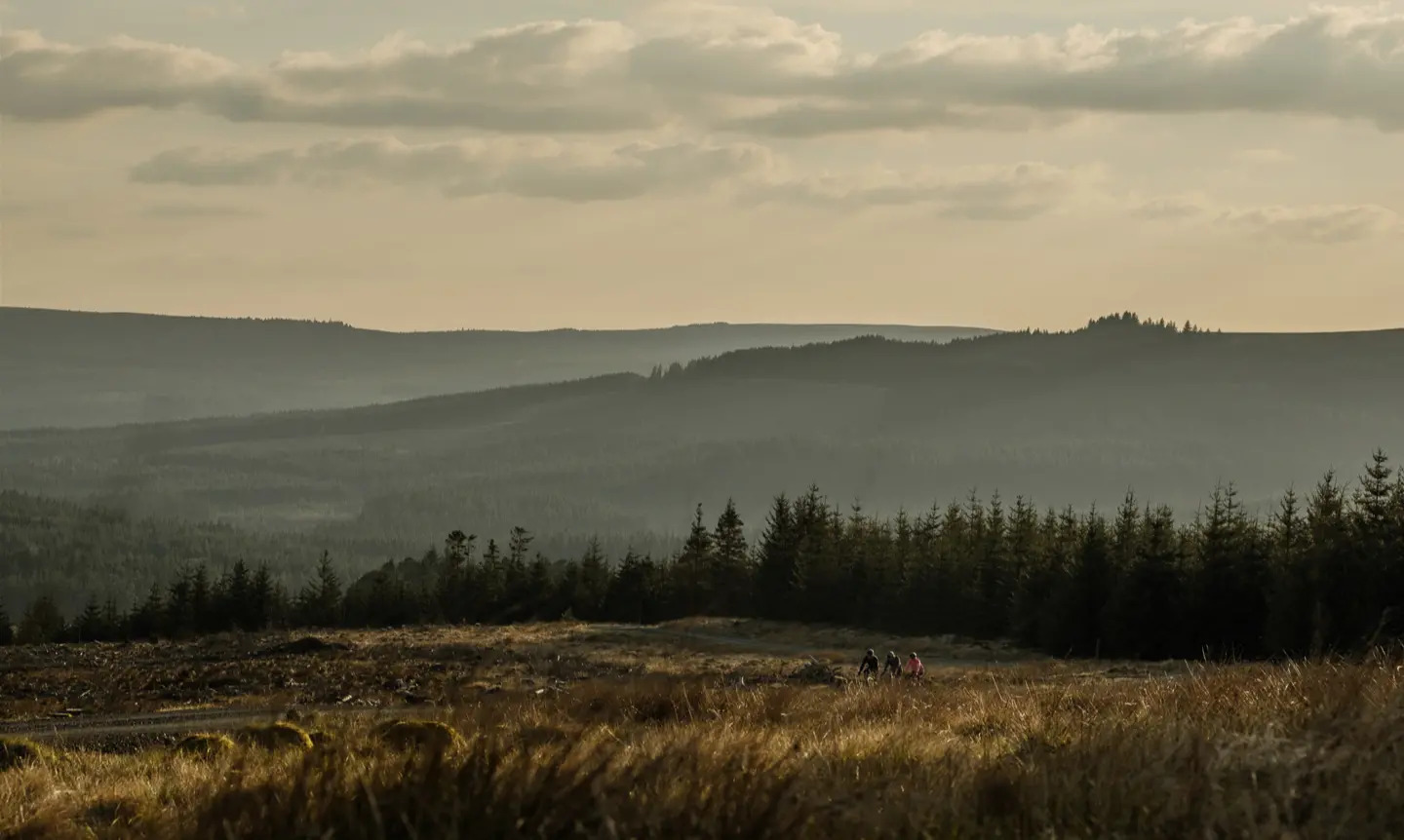Oops, looks like you missed a turn...
This page does not exist or is no longer available. Let's get back on the trail.
Go to Homepage
Popular links






